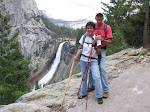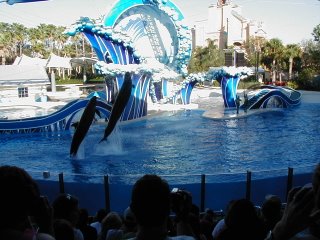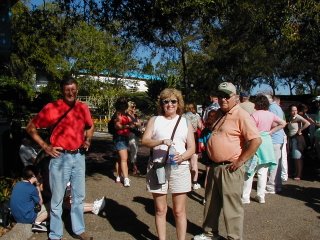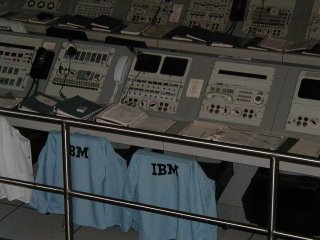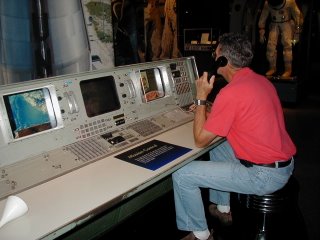 We arrived in Charleston, South Carolina on Joni’s Birthday. The first thing we had to do was celebrate “the big one” which we did by having diner at Joni’s favorite restaurant, “The Red Lobster”. Joni did not want to say how big it was, but it was the big one a few years after the big "50". As you can see, Joni ordered the best diner on the menu. We feasted! It was wonderful to get many phone calls from across the country – from friends and family wishing Joni a happy birthday. Our good friend, Kandy Franklin, has a birthday which is 2 days after Joni's. We usually go out together with Val and Kandy to celebrate both birthdays. We miss both of them this year, but we will celebrate belated birthdays when we are together again in Fun Valley, Colorado in July.
We arrived in Charleston, South Carolina on Joni’s Birthday. The first thing we had to do was celebrate “the big one” which we did by having diner at Joni’s favorite restaurant, “The Red Lobster”. Joni did not want to say how big it was, but it was the big one a few years after the big "50". As you can see, Joni ordered the best diner on the menu. We feasted! It was wonderful to get many phone calls from across the country – from friends and family wishing Joni a happy birthday. Our good friend, Kandy Franklin, has a birthday which is 2 days after Joni's. We usually go out together with Val and Kandy to celebrate both birthdays. We miss both of them this year, but we will celebrate belated birthdays when we are together again in Fun Valley, Colorado in July.We stayed at James Island County Park in Charleston. It was a very nice park with lots of amenities: lots of hiking/biking trails, a lake for kayaks and canoes, a water park, climbing wall, a dog park, conference center and much more.
 We enjoyed our stay there and met some new friends, Judy and Mike Brody. We enjoyed coffee and cake with Judy and Mike.
We enjoyed our stay there and met some new friends, Judy and Mike Brody. We enjoyed coffee and cake with Judy and Mike. Charleston is a very old, historic city. Again we decided to ride our bikes through the city as it is an easy way to get around and see the sites. We saw many old homes and churches. Pictured is the oldest Baptist Church in the South – First Baptist, established in 1682.
Charleston is a very old, historic city. Again we decided to ride our bikes through the city as it is an easy way to get around and see the sites. We saw many old homes and churches. Pictured is the oldest Baptist Church in the South – First Baptist, established in 1682.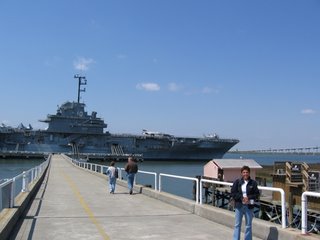 Patriot’s Point is a naval and museum where we toured the Destroyer Laffey, Coast Guard Cutter Ingham, Submarine Clamagore, and Air Craft Carrier U.S.S. Yorktown. The centerpiece of Patriots Point is the world famous aircraft carrier USS YORKTOWN, a heavily decorated warship that was at the "tip of the spear" in America's victory in the Pacific during World War II.
Patriot’s Point is a naval and museum where we toured the Destroyer Laffey, Coast Guard Cutter Ingham, Submarine Clamagore, and Air Craft Carrier U.S.S. Yorktown. The centerpiece of Patriots Point is the world famous aircraft carrier USS YORKTOWN, a heavily decorated warship that was at the "tip of the spear" in America's victory in the Pacific during World War II. Berthed alongside Yorktown is the Destroyer LAFFEY. It is an American legend that participated in the D-Day landing in Europe as well as breath-taking maneuvers in the Pacific where LAFFEY’s service was purely heroic. In the space of one hour, LAFFEY was hit by five Japanese Kamikazes and three enemy bombs. Her crew not only kept LAFFEY afloat but incredibly managed to shoot down eleven planes. LAFFEY would come to be known as the ship that wouldn’t die! A must see at Patriots Point is the cold-war submarine CLAMAGORE, commissioned in the Summer of 1945.
Berthed alongside Yorktown is the Destroyer LAFFEY. It is an American legend that participated in the D-Day landing in Europe as well as breath-taking maneuvers in the Pacific where LAFFEY’s service was purely heroic. In the space of one hour, LAFFEY was hit by five Japanese Kamikazes and three enemy bombs. Her crew not only kept LAFFEY afloat but incredibly managed to shoot down eleven planes. LAFFEY would come to be known as the ship that wouldn’t die! A must see at Patriots Point is the cold-war submarine CLAMAGORE, commissioned in the Summer of 1945. 
The Coast Guard Cutter INGHAM is a proud member of the Patriots Point fleet having served fifty years on the oceans of the world, becoming one of the most decorated vessels in United States history.
We spent most of our time in the Yorktown which was most interesting.

Delton had a pilot’s license a long time ago, so he enjoyed sitting in the cockpit again!!!!

Being an IBM Manager, he was right at home in the briefing room.
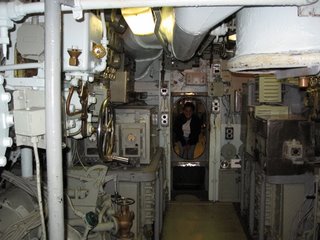 It’s hard to see how anyone could live in a submarine. The quarters are so close and knowing you are deep underwater could give anyone claustrophobia.
It’s hard to see how anyone could live in a submarine. The quarters are so close and knowing you are deep underwater could give anyone claustrophobia.
 Here’s Joni steering the destroyer. Do you think she knows where she’s going?
Here’s Joni steering the destroyer. Do you think she knows where she’s going? A small version of a Vietnam Base Camp looked just like the Mash TV show.
A small version of a Vietnam Base Camp looked just like the Mash TV show.
